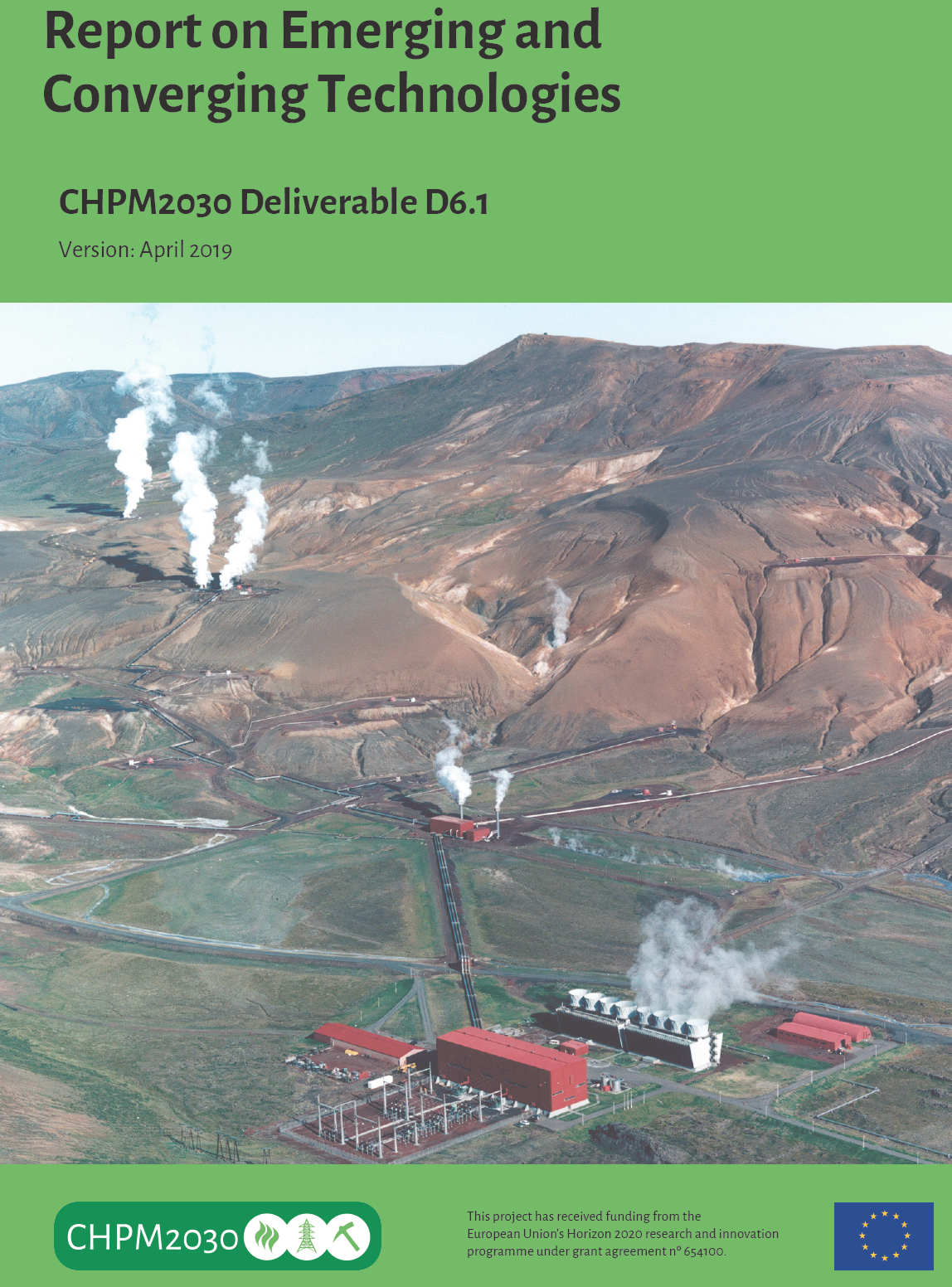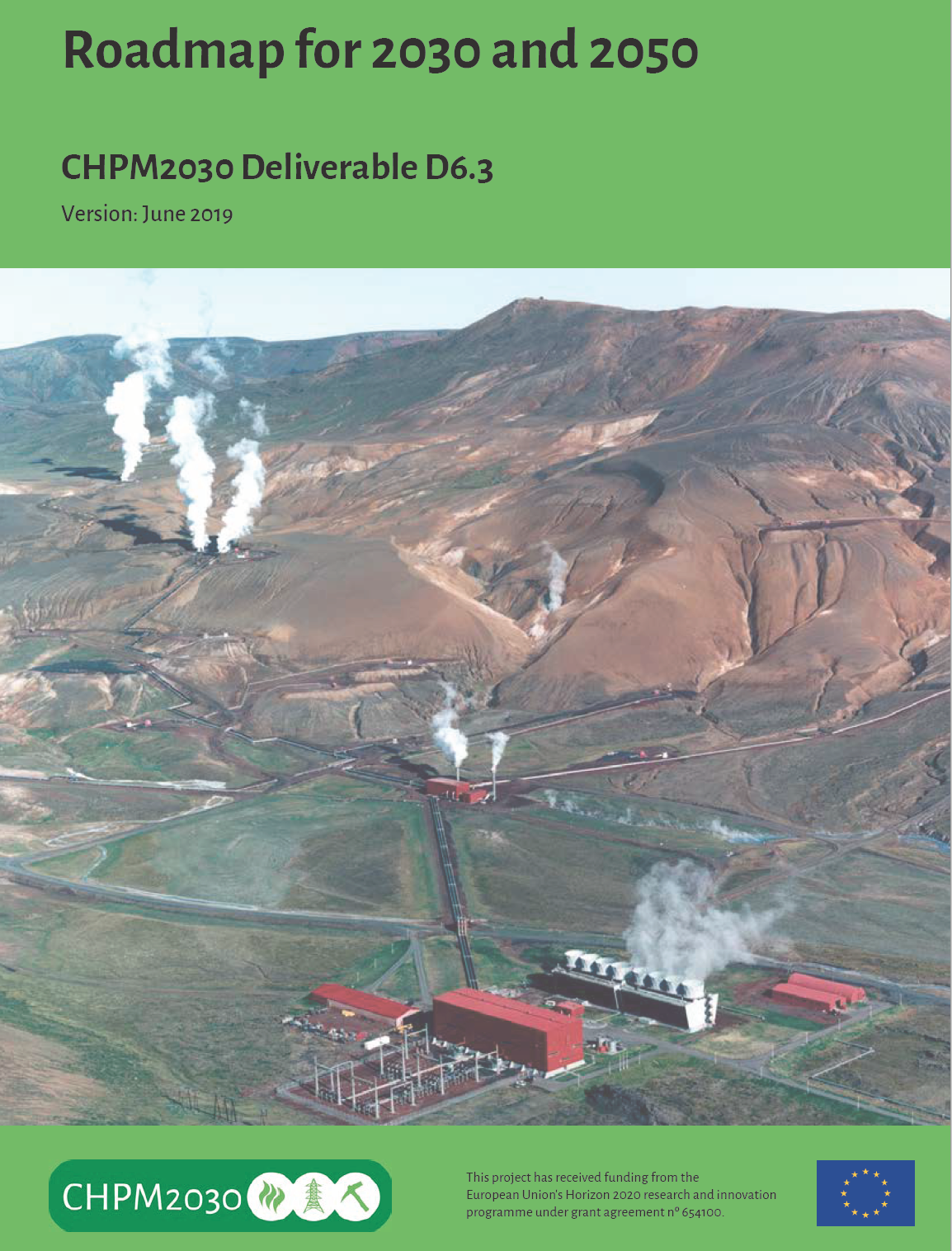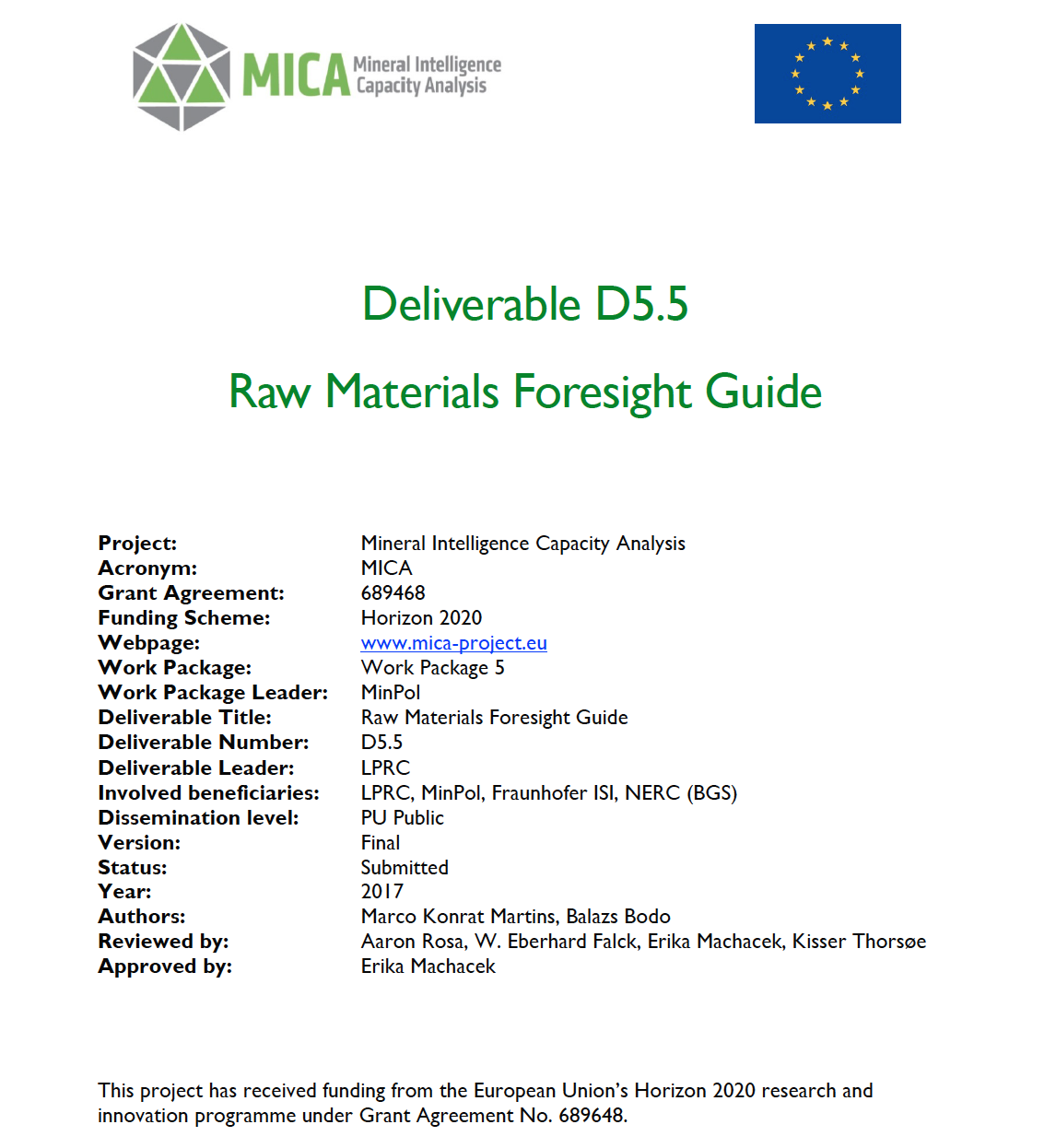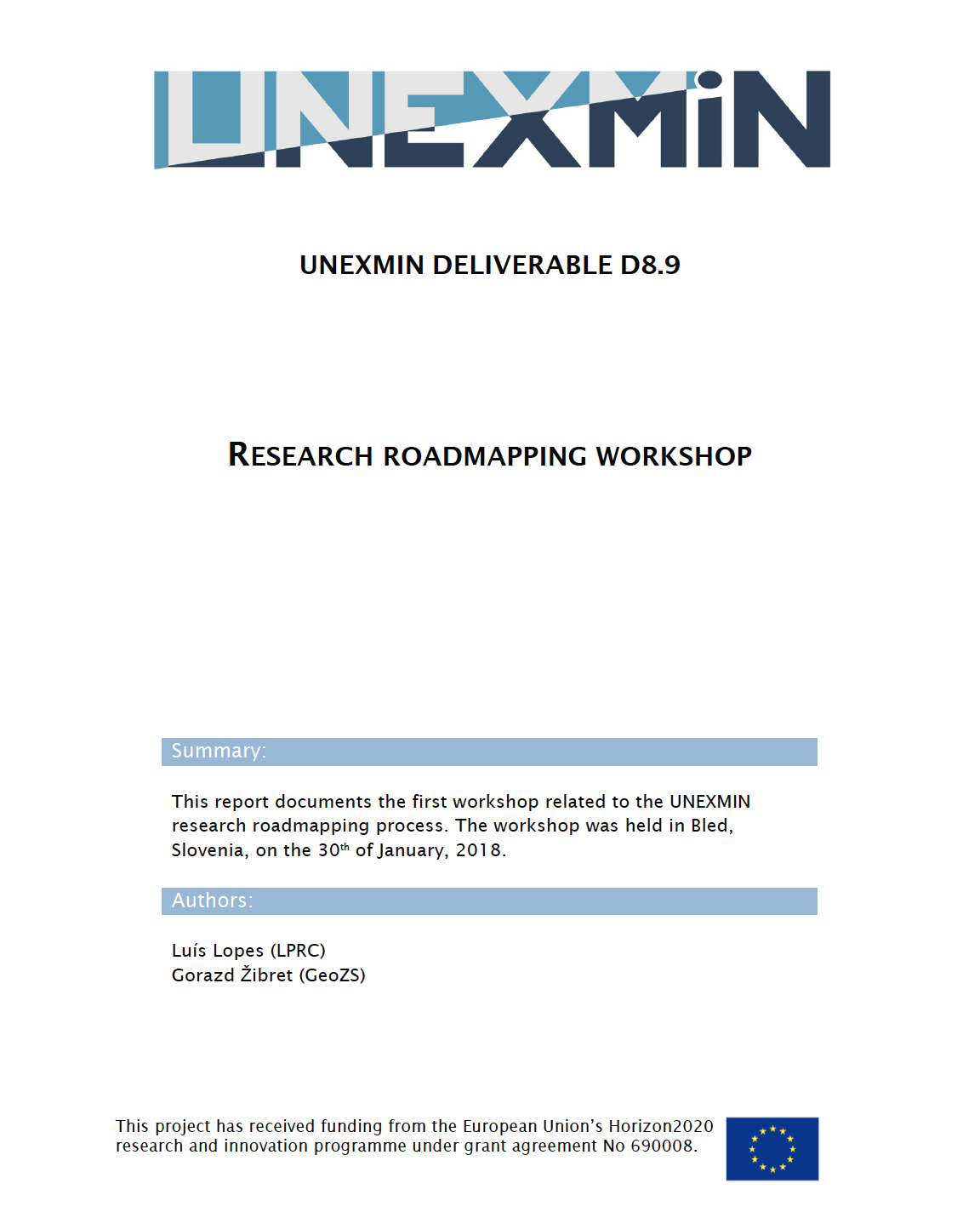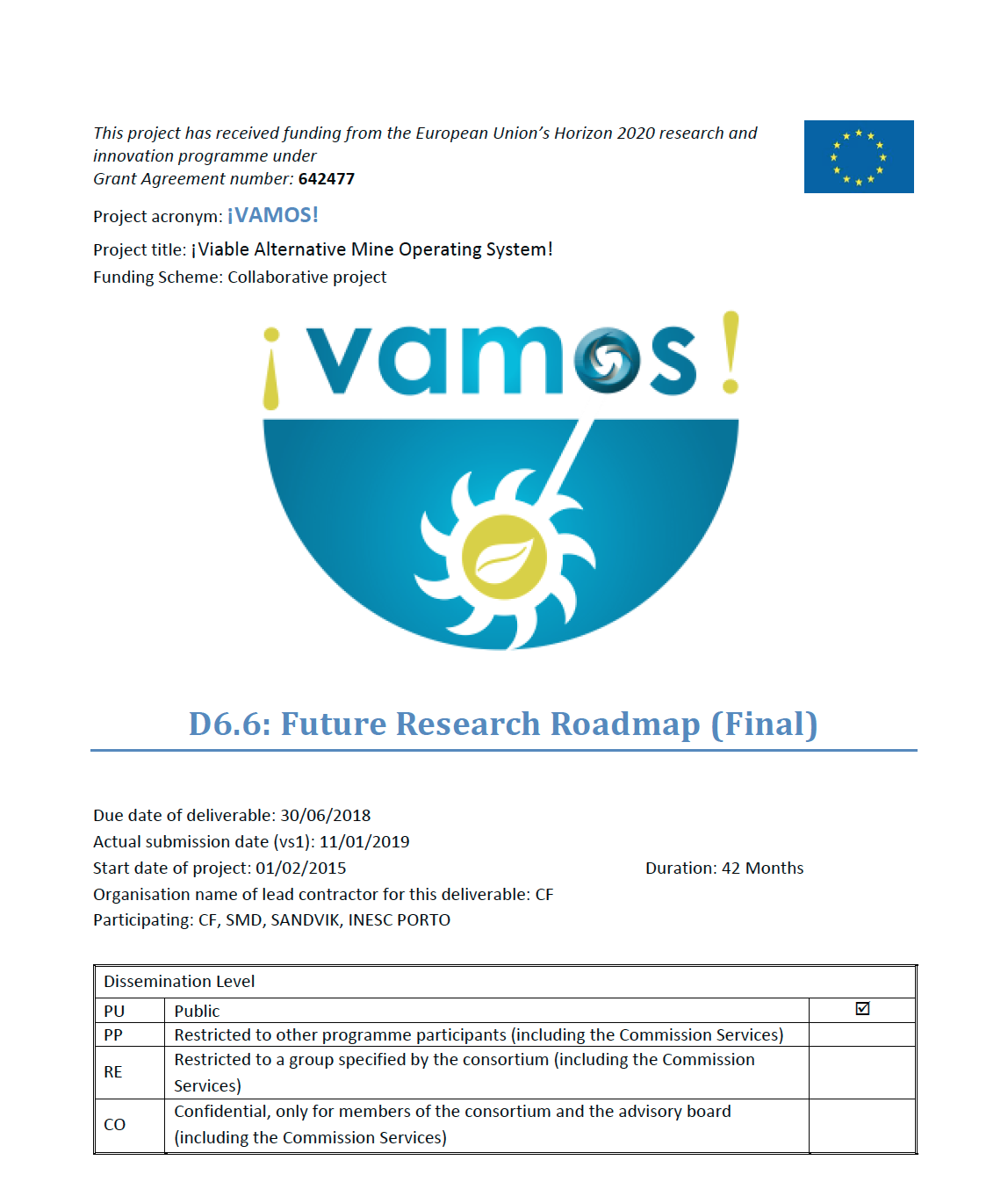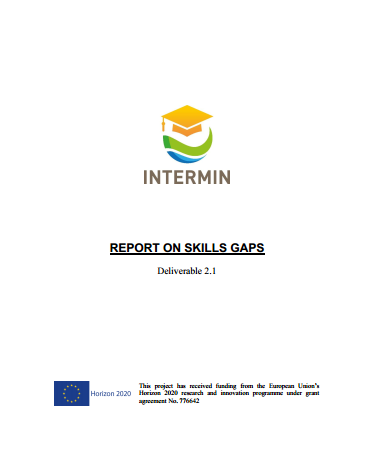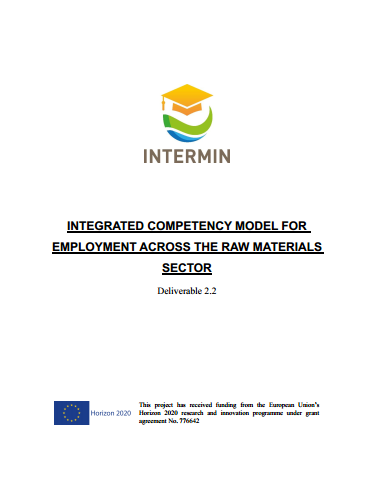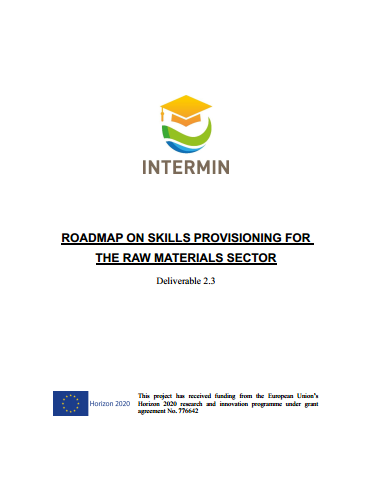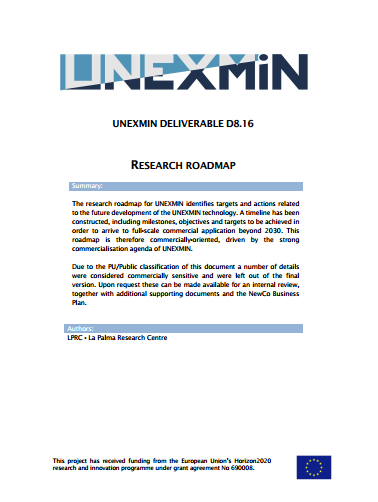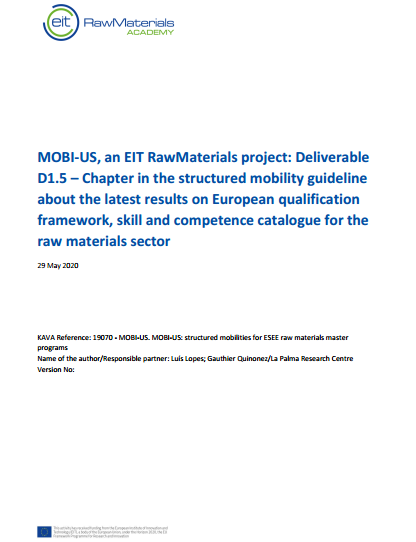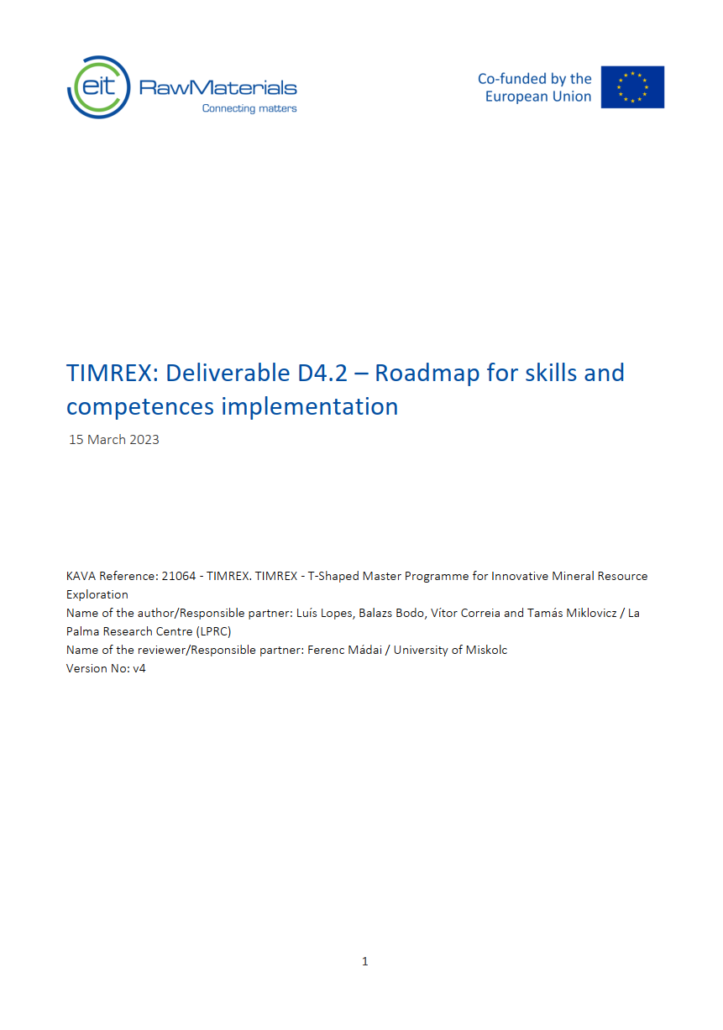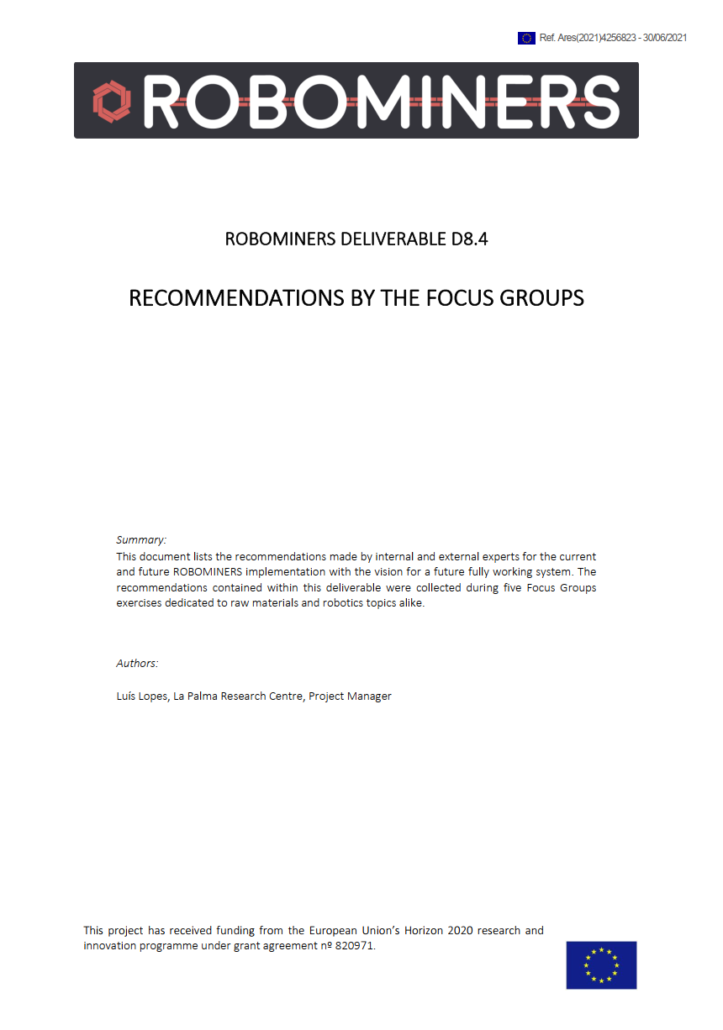Report on Emerging and Converging technologies
This report summarises the methodology and results of the three foresight tools (Horizon Scanning, Delphi survey, Visioning process) deployed during the CHPM2030 foresight exercise, outlines future emerging and converging technologies that can help the realization of the CHPM scheme, and ultimately, it presents a vision, an ambitious future state that will be used by the upcoming CHPM roadmap 2030 and 2050.
Report on Pilots (compiled from 5 reports)
This report presents an evaluation framework that facilitates the investigation of study areas for CHPM technology. The same methodology was applied to five areas (South West England, Portuguese Iberian Pyrite Belt, Romania Beius basin and Bihor mountains, Nautanen and Kristineberg in Sweden) evaluating their CHPM potential and characteristics. A European outlook for CHPM prospective locations has also been prepared, covering 24 countries.

